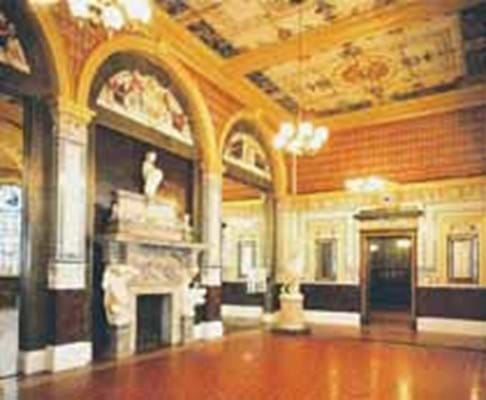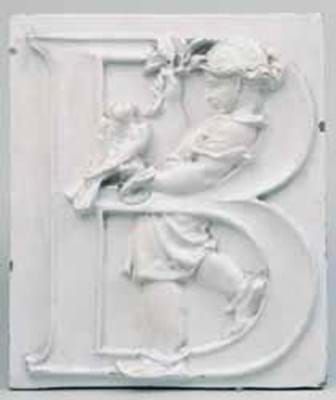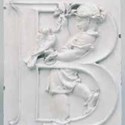Each room (where you can still grab a sandwich) is in a different style: the Poynter Room with its Japanese motifs and Dutch-influenced tiles, the Morris Room, with its green, panelled walls and medieval-inspired decor and - the central room in the three linked spaces - the High Victorian decoration of the Gamble Room in its elaborate and eclectic classical revival style.
The Gamble Room, named after James Gamble (1835-1919), a pupil of the artist Alfred Stevens and one of the museum's own design team, opened in 1868. Based on 16th-century Italian interiors and inspired by Prince Albert's dairy at Windsor, it is memorable for its painted enamel ceiling, marble fireplace, mirrored alcoves and stained glass windows, but most of all for its wealth of majolica wall and floor tiles.
Tiles were chosen for practical as well as decorative reasons, as they would resist fire and steam (a grill was used to cook chops and steaks) and were easy to clean. The gastronomic theme extends to a frieze that runs around the room quoting from the Book of Ecclesiasticus 2:24. It reads: There is nothing better for a man than that he should eat and drink and that he should make his soul enjoy good in his labour. Each individual letter is populated by a child and/or an animal.
As a series, the tiles appear to be unique, but evidently individual examples or prototypes were made and left South Kensington. One appeared at the Netherhampton Salerooms, near Salisbury on March 3. This 11 x 12in (28 x 30cm) cream glazed tile with the initial B supported by a child with a dove had, according to the vendor, been purchased from the studio of Editha Artlet, founder of the House of Arts. Auctioneer Philip Rance thought it of primarily academic interest - he estimated it accordingly at £60-80 - but it proved of considerable commercial worth too, selling at £1200 (plus 15 per cent buyer's premium).
A tile worth taking a Gamble on
Running alongside the Italian Renaissance Galleries in the V&A are the museum’s three original refreshment rooms dating from the 1860s.








